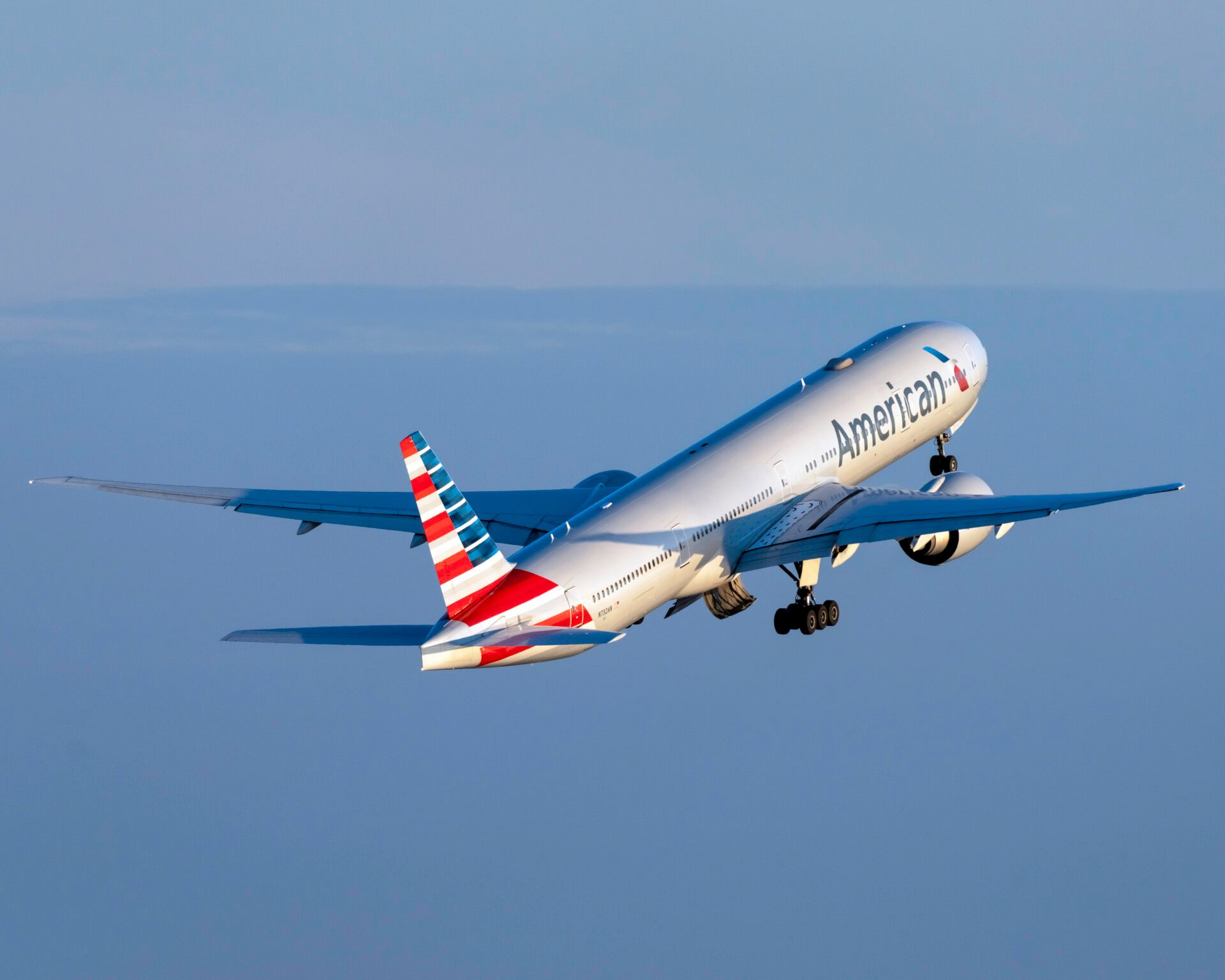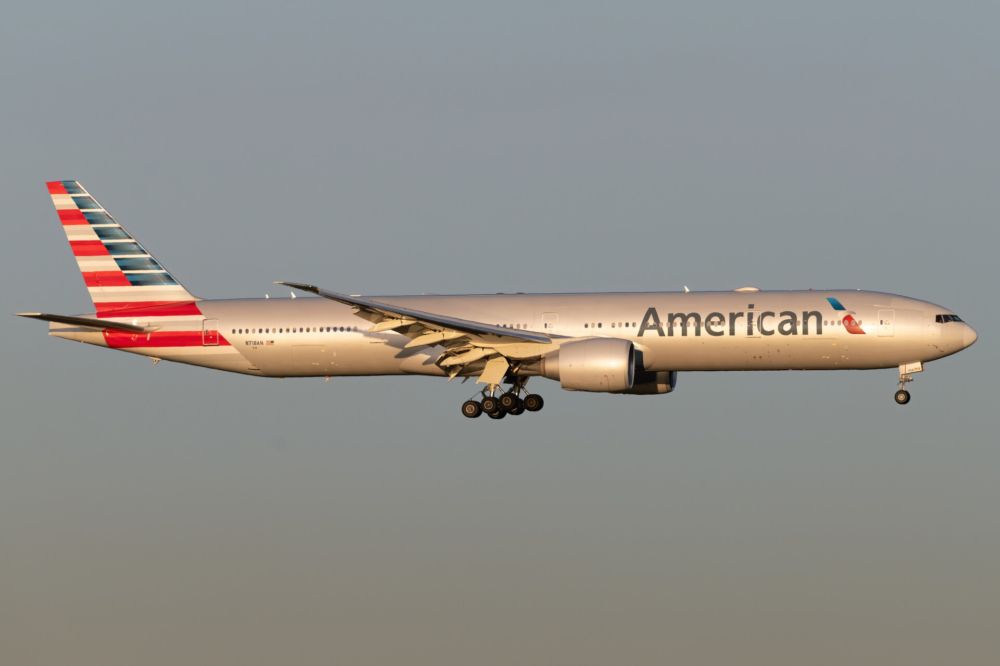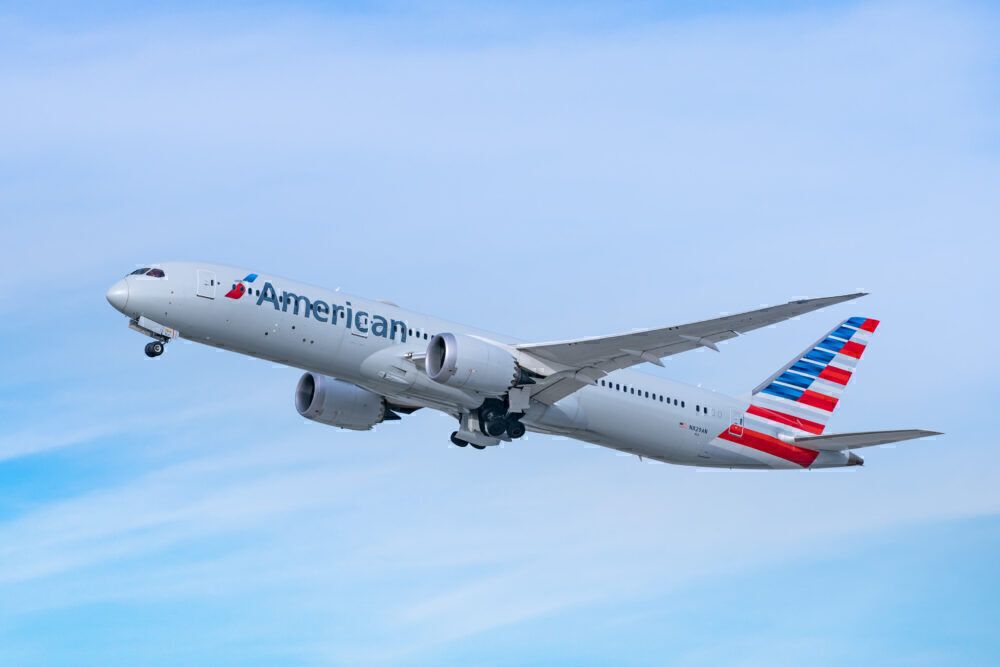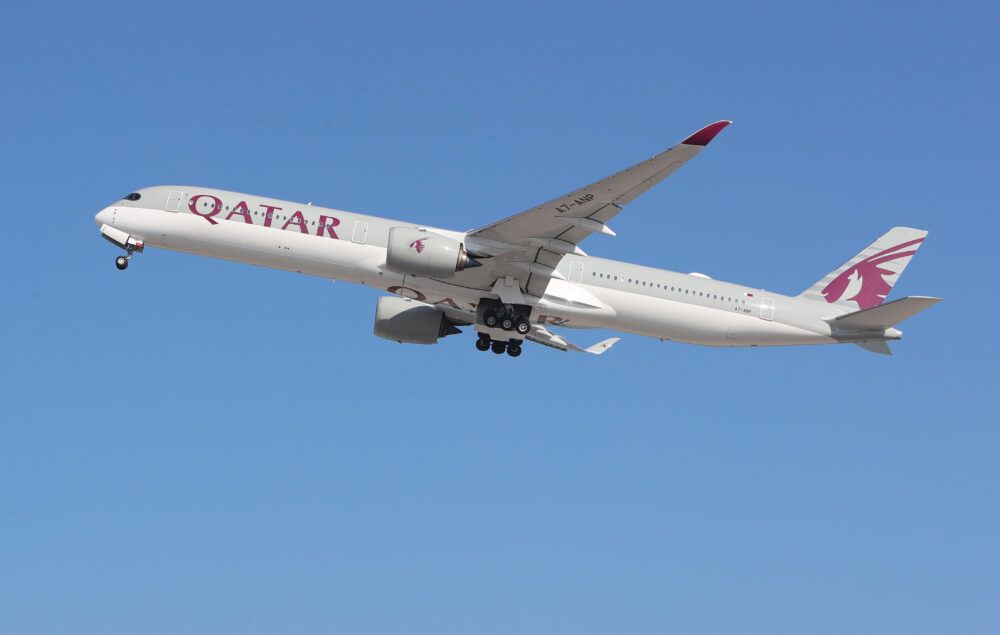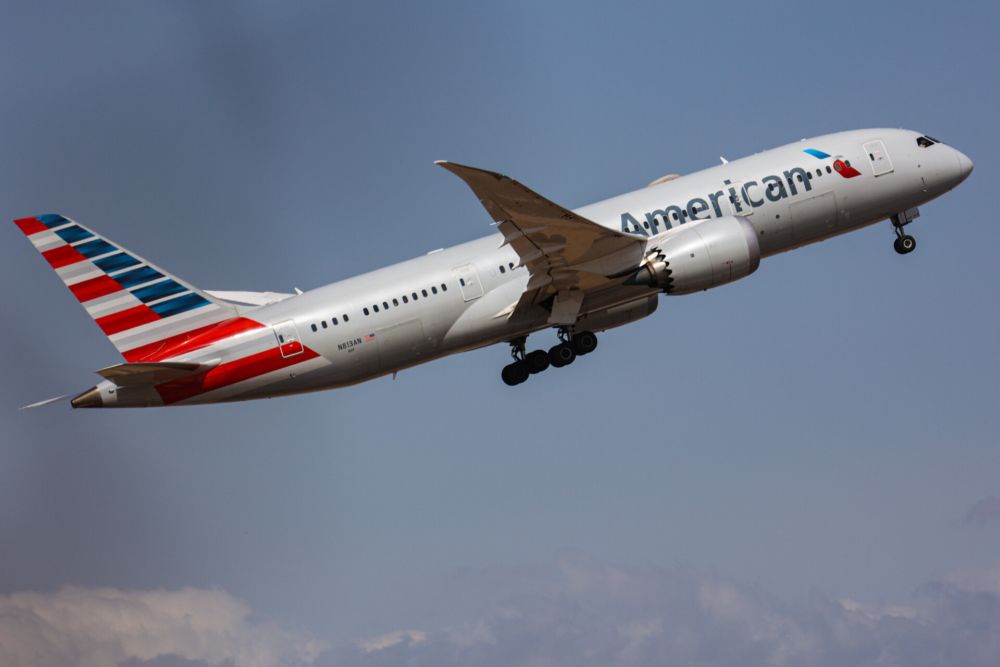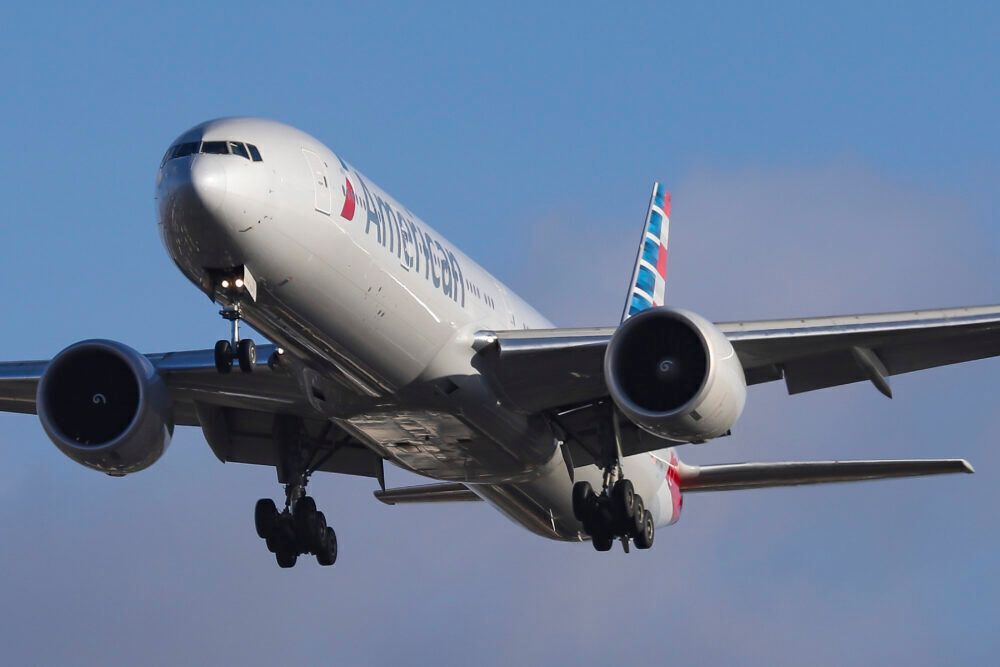If there is an interesting market on American's radar, it is India. The carrier is set to return to the country in less than a month, with a new connection from New York to New Delhi. Next year, the airline plans to launch its highly anticipated Seattle-Bangalore service. Speaking in an exclusive webinar with Simple Flying, American's Chief Revenue Officer, Vasu Raja, discussed the various ways American is looking at India and remaining competitive on flights to and from the US.
American's new routes to India
On October 31st, American Airlines will launch a new service from New York's John F. Kennedy International Airport (JFK) to New Delhi's Indira Gandhi International Airport (DEL). Through at least the winter season, American Airlines plans to fly daily between the two cities.
This route will be served by American's flagship long-haul aircraft: the Boeing 777-300ER. The largest widebody in American's fleet, the carrier flies 20 of these aircraft seating 304 passengers each. This includes eight seats in Flagship First, which is the airline's authentic international first class product, offering customers direct aisle access, lie-flat seating, and a larger, office-style space. This is the only widebody in American's fleet to feature an international first class product.
Then, on January 4th, American Airlines will finally launch its highly-anticipated service to Bangalore's Kempegowda International Airport (BLR). This flight will run from Seattle-Tacoma International Airport (SEA), where American's partner Alaska Airlines operates a hub and where important tech companies doing business in Bangalore have their headquarters and central offices.
American will fly its Boeing 787-9s to Bangalore. These planes offer room for 285 passengers in a three-class configuration. This includes 30 lie-flat business class seats in a reverse herringbone configuration. Following this are 21 premium economy seats similar to American's recliner-style first class on narrowbodies like the Boeing 737. Finally, there are 234 economy class seats, split between 34 seats in extra-legroom economy and 200 in standard economy.
As is evident, American is devoting a fair bit of capacity to India. This includes its flagship international long-haul aircraft that have flown to top destinations like Hong Kong, London, São Paulo, and Tokyo.
Bringing on the Qatar Airways partnership
American Airlines cut its flights to India in 2012, citing unprofitability on its flights from Chicago to New Delhi. Since then, American has funneled passengers to India via a connection on a partner airline, like British Airways. However, things changed when American brought on its Qatar Airways partnership. As Mr. Raja stated on the webinar:
"When [the Qatar Airways partnership] was originally conceived, it began really [as] a means of being able to get more connectivity to India, with the idea of eventually being able to go and start our own services there."
Qatar Airways has an enviable position in the Indian market. It flies to more destinations in India than any US airline does and holds an impressive share of travelers flying between India and the US via a stop in Doha.
One of the most complex parts about entering a new market is gaining enough of a market presence with local travelers to sustain the new services. However, with the partnership with Qatar Airways, American can already have a share of those travelers. For example, if a passenger needs to get from New Delhi to San Antonio, they can do so on an itinerary like New Delhi-Doha-Dallas-San Antonio, for example.
After building up the brand loyalty with passengers who need to take other routings from points in India to secondary cities in the US where Qatar Airways does not fly nonstop to, American ends up in a better place for its own services to India.
New jumping-off points
In addition to launching flights to India, American needs to ensure it is flying to India from the right hubs. An example is the Chicago-Delhi route of the past. While American's Chicago network was vastly different in 2012 than in 2021, it is not the best hub to connect to India, given that there is already significant competition on the route.
As Mr. Raja explained, new launch points from the US are critical to India:
"India's really great case study, where between AA and its partners, we can offer something really, truly unique to the customers both in India and in the US. Furthermore, by having partnerships such as Seattle, New York, Boston, whatever the case might be, that creates more jumping off points for us in really, really big local markets."
American will be the only airline that will connect Seattle to India when it launches flights to Bangalore. Furthermore, JFK is largely underserved on flights to India. For example, only Air India flies nonstop to India from JFK, with flights to New Delhi. Delta used to fly to Mumbai from JFK, but it cut that route during the crisis and has not announced its return to the market.
This leaves a massive opening for American at JFK to fly to India nonstop. Coupled with its partnership with JetBlue, the airline is in a great position to use New York to launch new flights to one of the largest air markets in the world. While United offers flights from Newark over in New Jersey, JFK has a little more notoriety in the international market for flying to New York.
Building the best schedule
American has spent years building up its network and getting to a position where it can offer the greatest number of itineraries to customers as possible. The same is true in the international sphere, as Mr. Raja explained:
"[A goal is] deploying into markets where we can create a unique network product between AA and its partners. Things like India and markets like that where between AA, British Airways, Qatar, any one of us may not have a great operation to India, but the three of us together now have the very, very best thing to India."
American alone cannot capture all the demand for flights between the US and India. But, with its partners, it can offer a host of new options and itineraries. Between those three airlines, passengers can choose from a range of connecting hubs, a range of itineraries, departure times, arrival times, a range of products, and a range of origination and destination cities.
Stay informed: Sign up for our daily and weekly aviation news digests.
Opportunities for growth
At the end of the day, traffic between the US and India is only expected to grow relative to pre-crisis numbers. For years, United has been the only US airline offering nonstop flights between the two countries. It has expanded its network to the country significantly, indicating the potential success of the market.
American Airlines has also added a new short-haul partner in India with IndiGo. The carrier will offer onward connections from New Delhi and Bangalore to other destinations, mainly those American does not and likely will not serve.
However, this sets up American to be able to add more flights to India in the future. Once it brings up its brand loyalty, coupled with taking delivery of new aircraft, more cities like Mumbai or new routes to Delhi from other hubs would certainly not be out of the question – similar to what United was able to do in India.
While Vistara is expected to enter the US market, American's connecting network in the US is strong enough to likely be able to withstand the competition. Plus, with Delta out of the market for the foreseeable future, American has a lot of room to grow, and India could be an exciting market for American Airlines.

